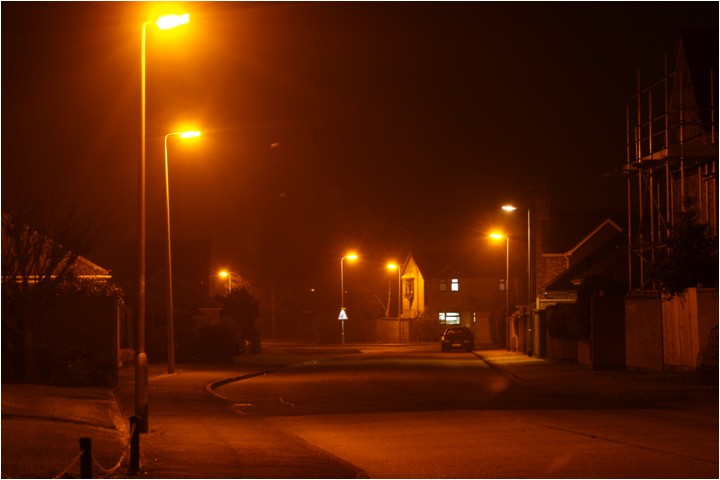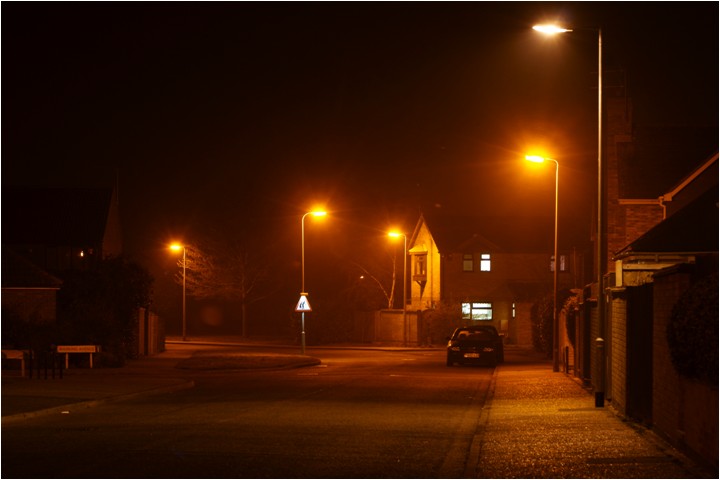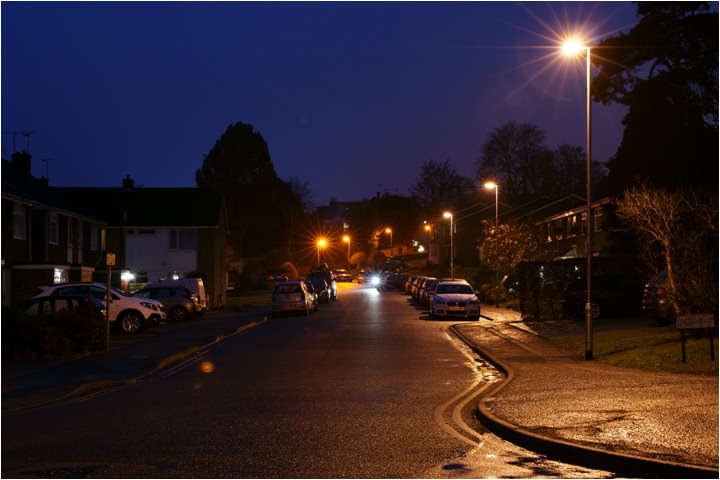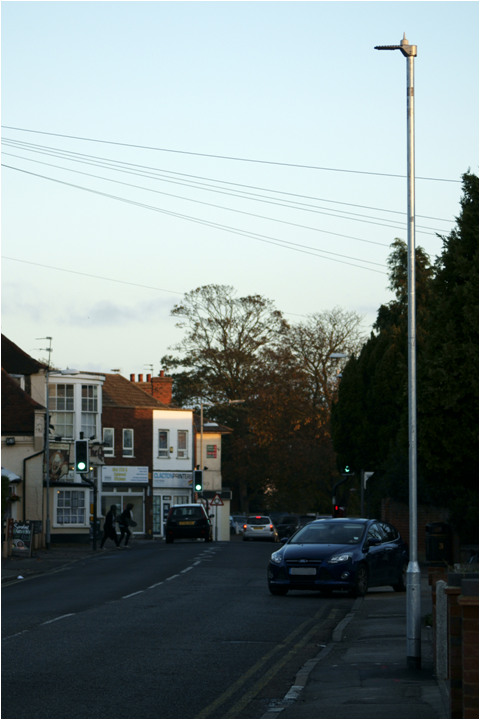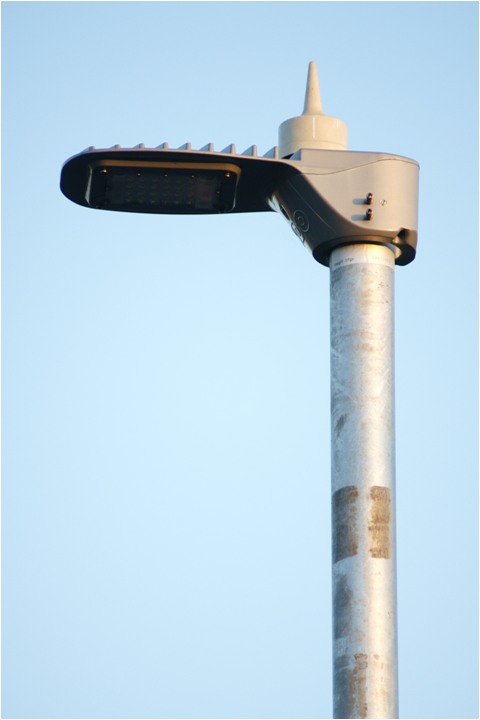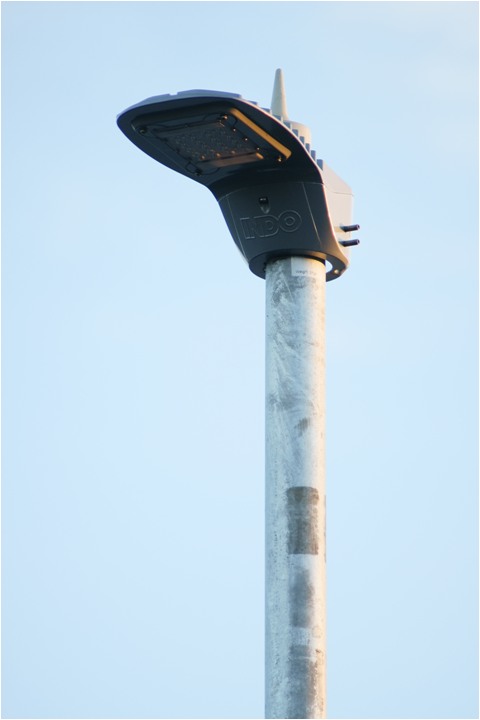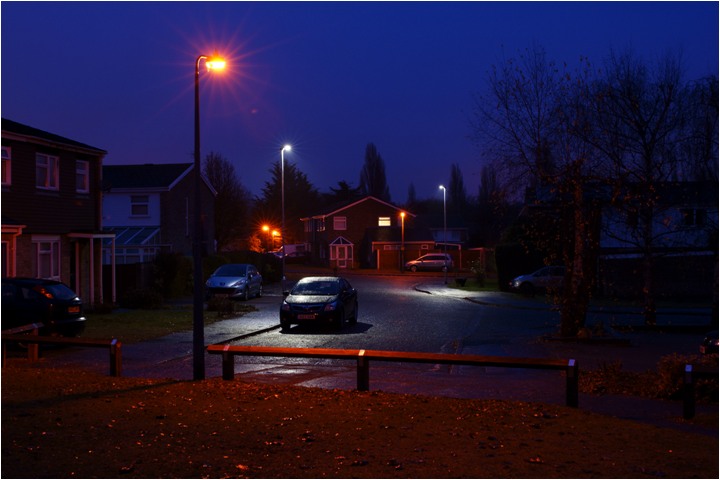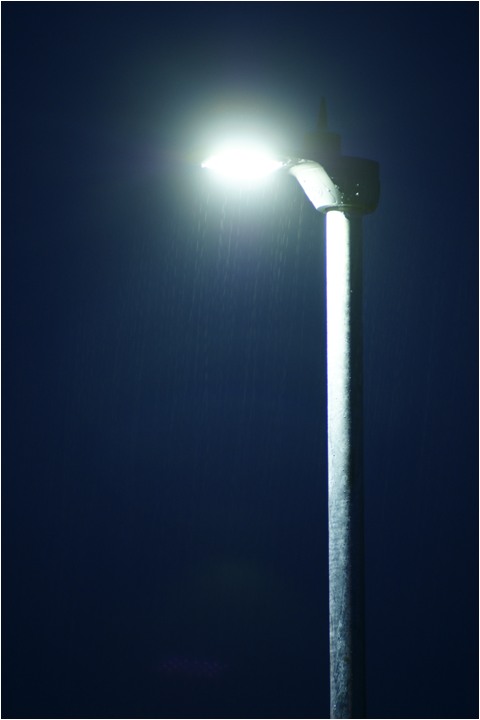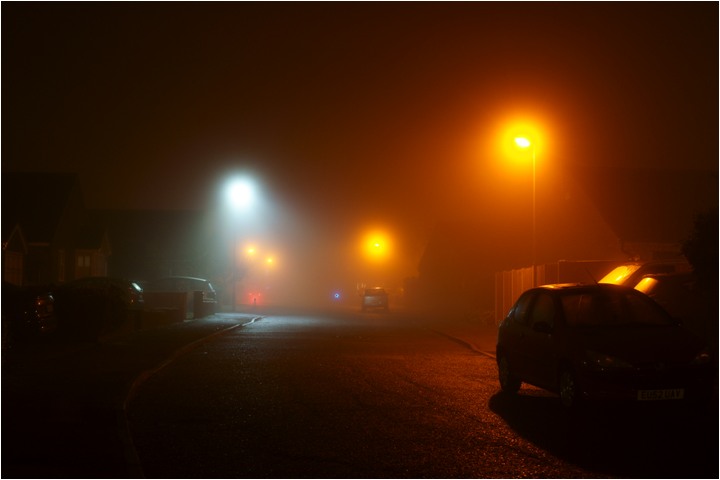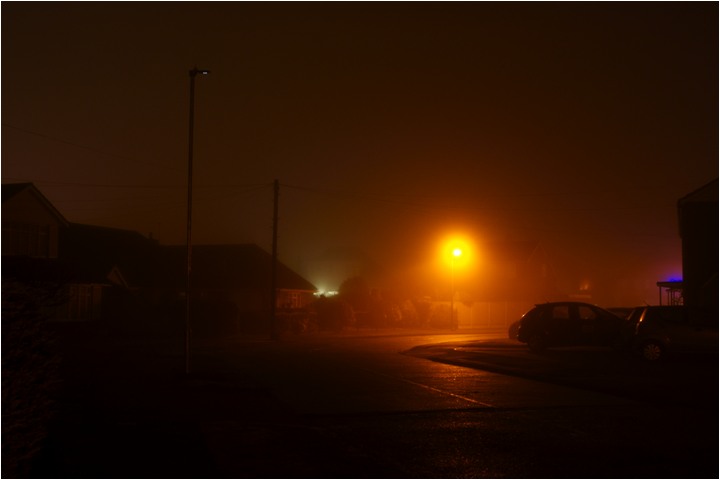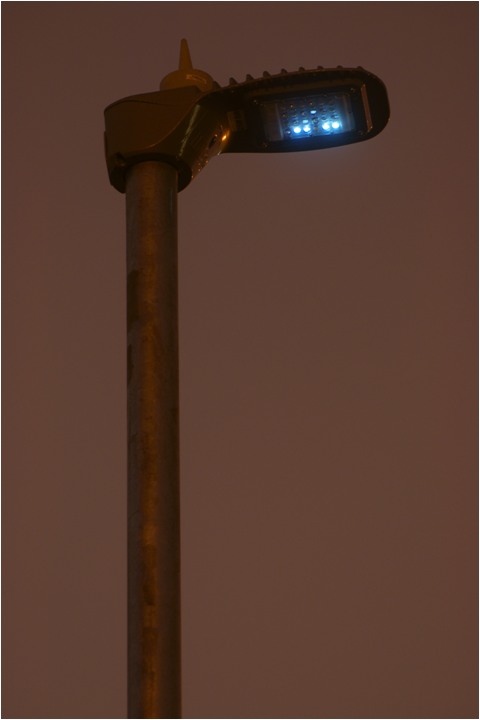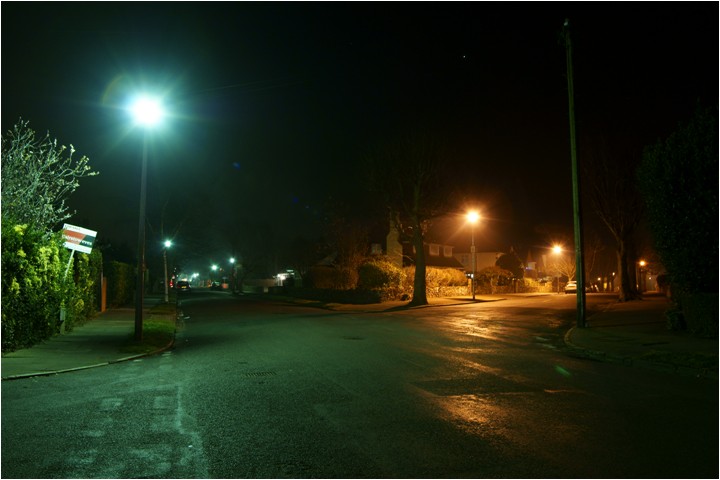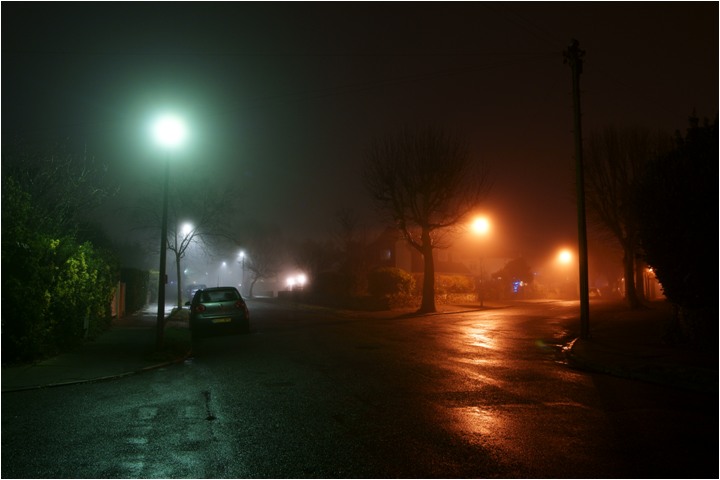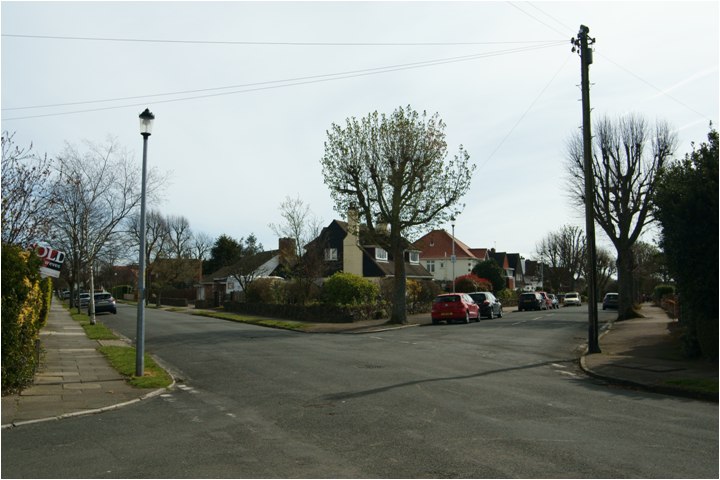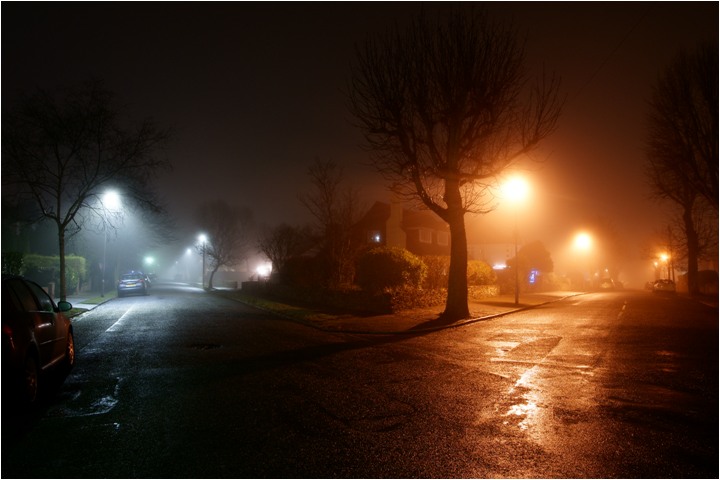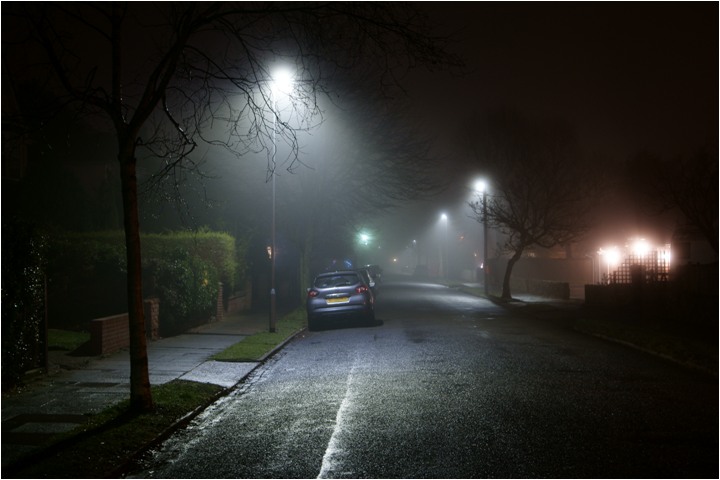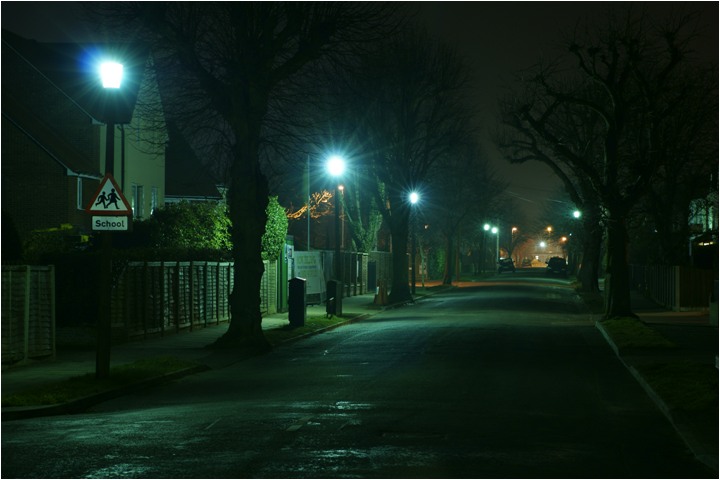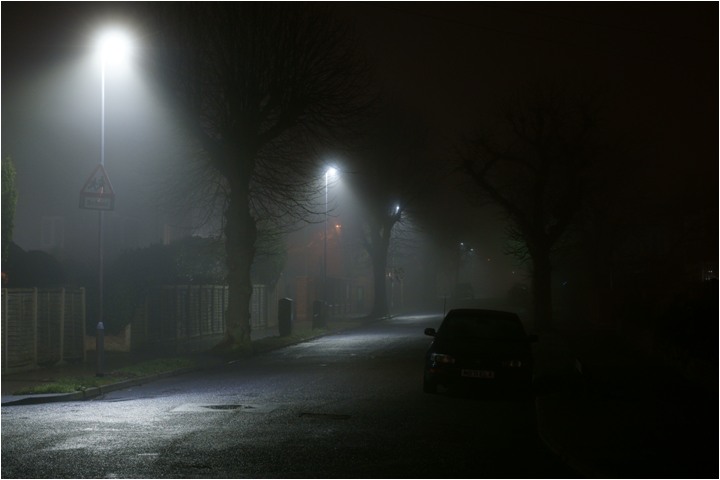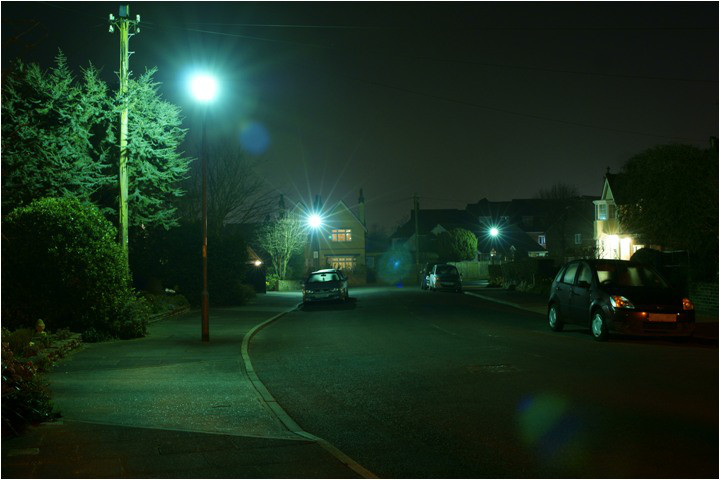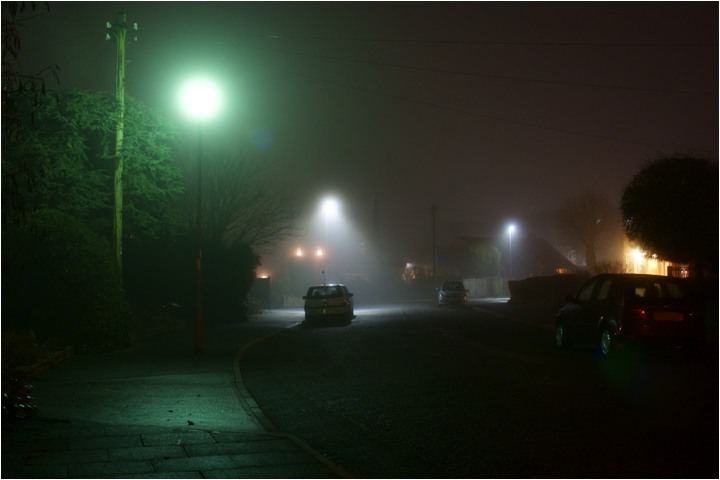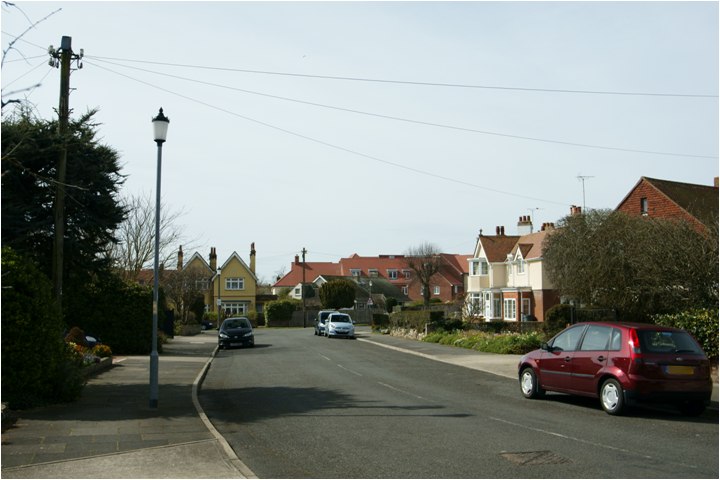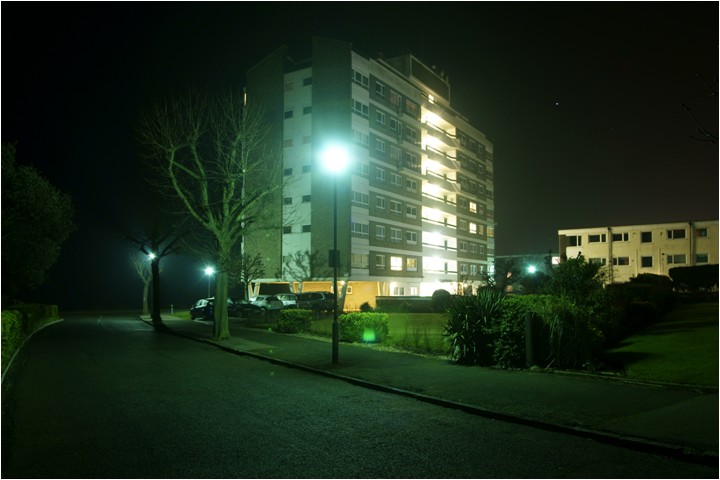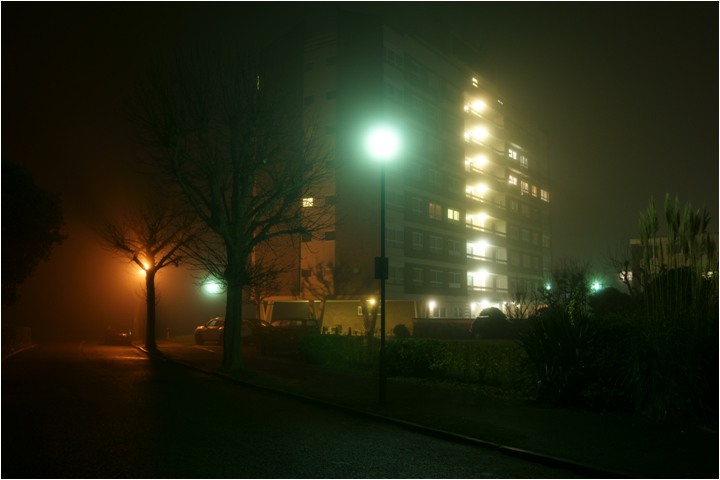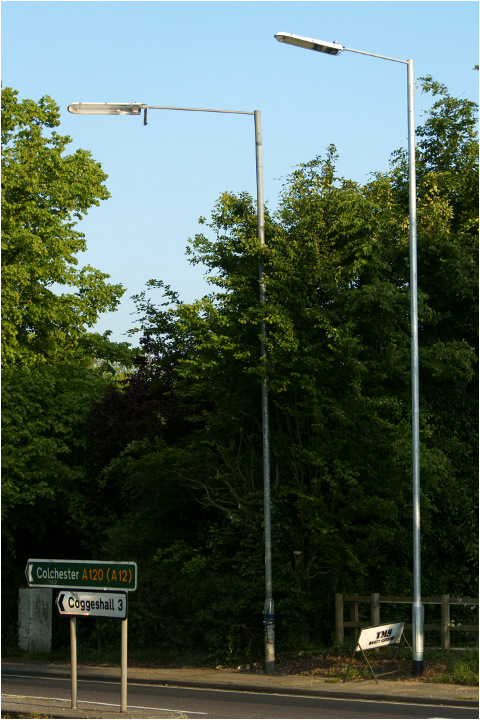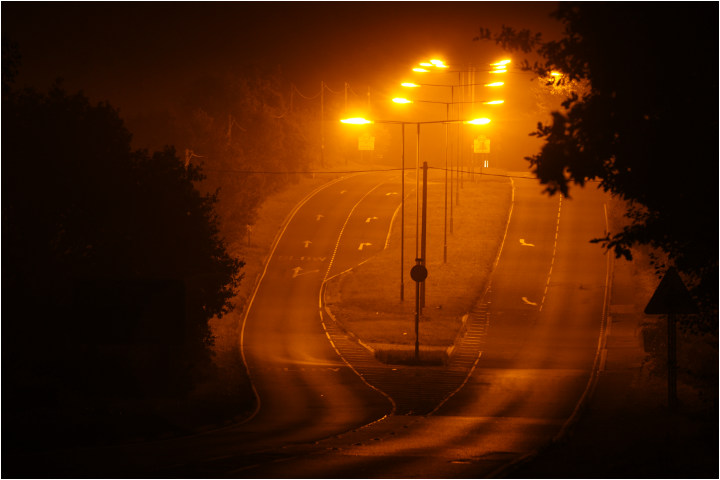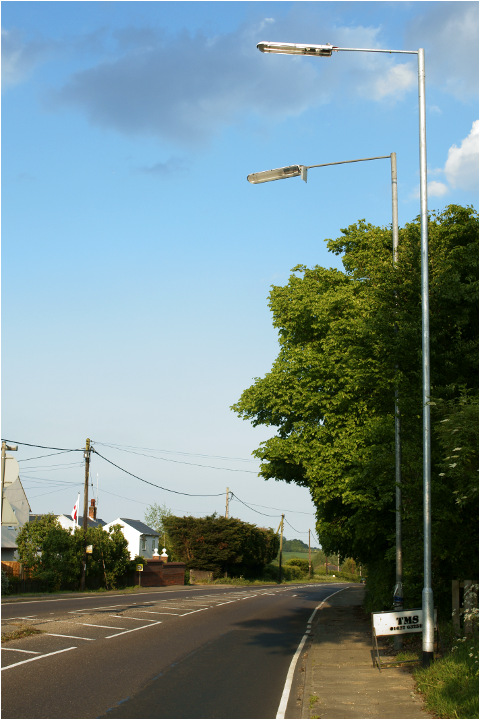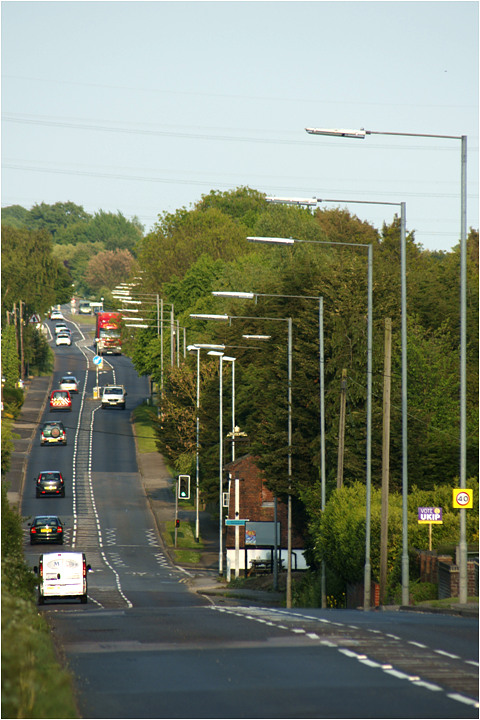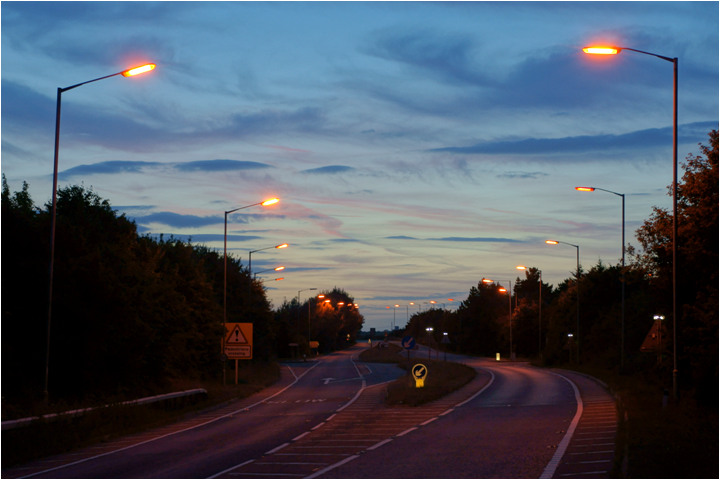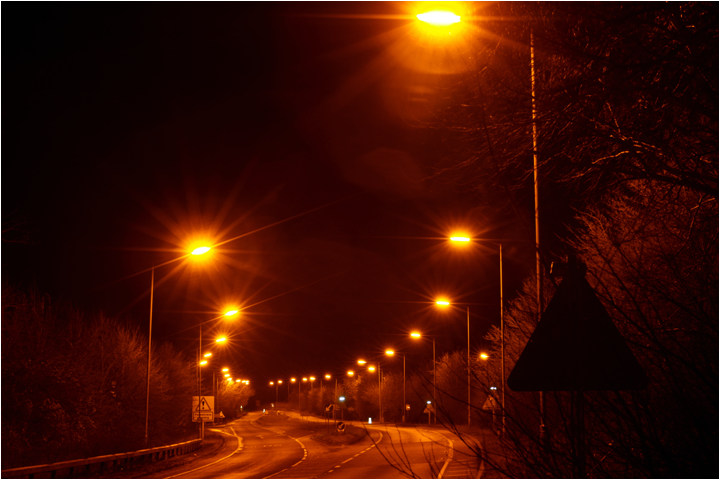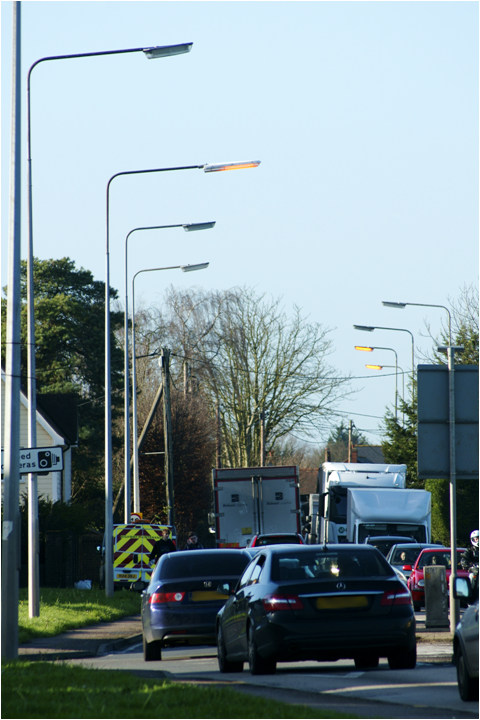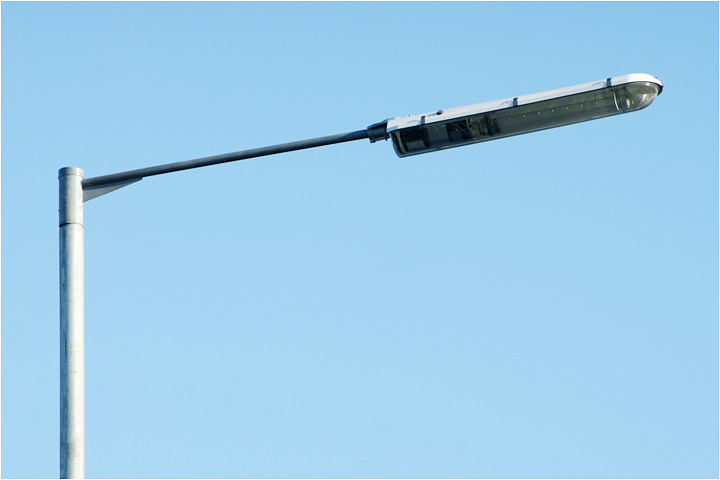What's the latest on LED retrofits to existing SOX lanterns? I really hope -- for the sake of the street scenes at least - that this takes off. Hi Alex,
The LED retrofits into existing SOX lanterns was a Little Clacton Parish Council initiative and undertaken by its own appointed street lighting contractor. It may not become a widely adopted policy, even though it clearly has some merit, especially considering the rising cost of SOX lamps and the falling cost of LED retrofits. When both products achieve price parity, that may be enough encouragement for other councils to consider ceasing the purchase of SOX lamps – which need replacing circa. every 18,000 hours, and purchasing LED retrofits instead which, in the case of the Magnatech LED retrofits, should last 35,000 hours.
Magnatech currently have these LED retrofit bulbs for sale:16W "SL07" LED retrofit bulb to replace a 35W SOX lamp;
18W "SL08" LED retrofit bulb to replace a 55W SOX lamp;
24W "SL08" LED retrofit bulb, also designed to replace a 55W SOX lamp (referred to in their literature, but no direct link for purchase);
28W "SL09" LED retrofit bulb to replace a 90W SOX lamp.
Luton Borough Council have adopted an LED retrofit scheme in Luton, which bypasses the existing SOX gear and removes the existing lampholder in favour of a retrofit LED cassette and gear tray. Weeley Parish Council simply bypass the control gear and fit compact fluorescent bulbs into their SOX lanterns to bring the village back to white light (as also detailed in the above link).
Back in Clacton-on-Sea, a sunny day yesterday (29th December 2016) afforded me the opportunity to walk around the town to see what lighting will be surviving against the odds into 2017:
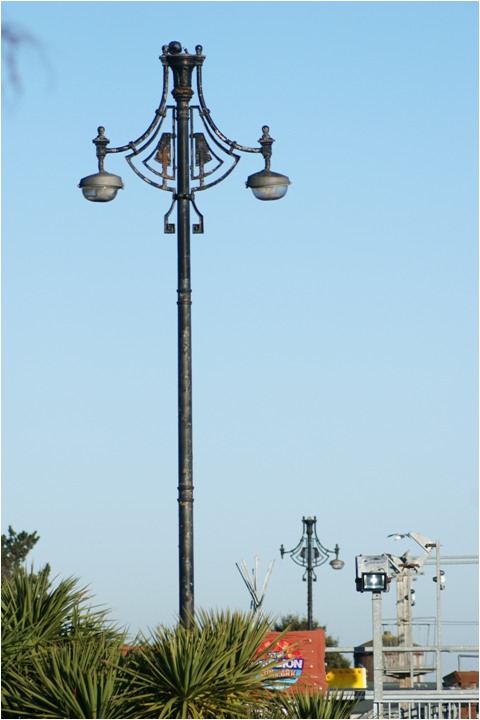
Starting on Clacton sea front, three ultra-rare top-entry GEC Z8430CMs still survive to this day. There were originally about 1.5 miles' worth of these top-entry GEC Z8430CMs on Johnson & Phillips lamp standards along the greensward,
but the vast majority of them were removed from service in 2014.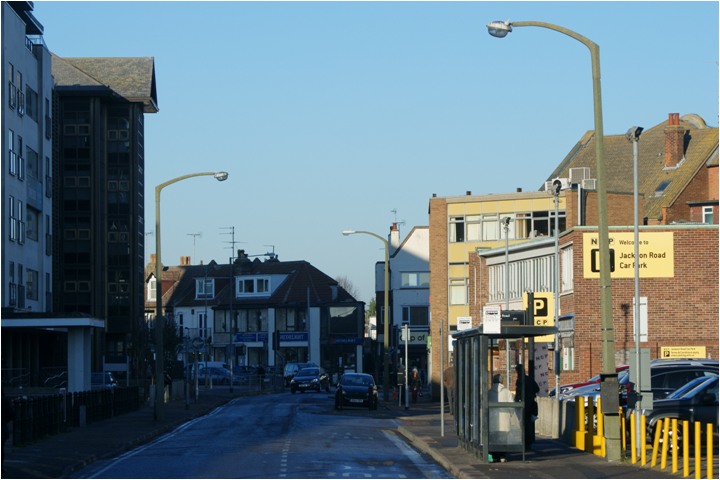
In the town centre itself, there is still a “doughnut ring” of standard GEC Z8430CMs on Concrete Utilities “Avenue 3DNN” columns encircling the town centre's busiest shopping streets, e.g. in Jackson Road above.
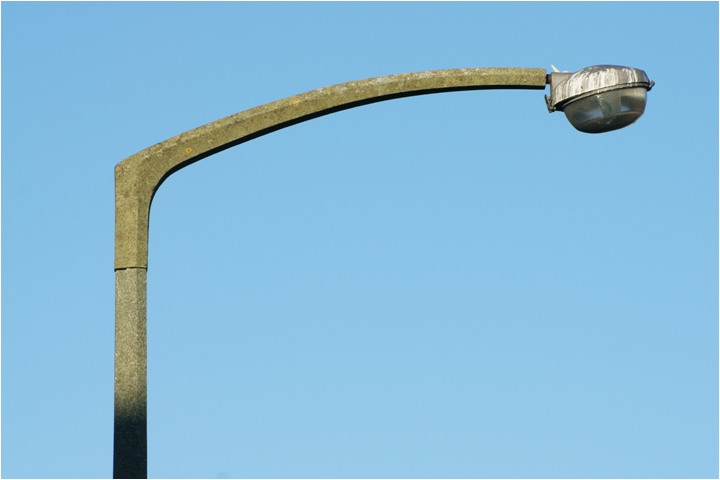
They survived a town centre relighting scheme which was completed 10 years ago.
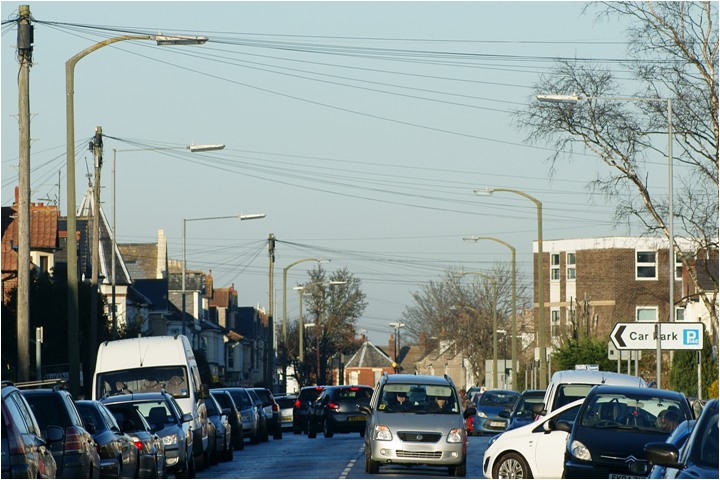
Clacton-on-Sea itself still has many unsleeved Concrete Utilities Avenue 3DNN columns, e.g. in Wellesley Road above. They carry an assortment of SOX and occasionally SON lanterns, including many original-spec Thorn Alpha Nines and Eleco GR100s (as above) with the Philips MA90 being a popular casual replacement.
The following correction was made in October 2017: Only one Atlas Alpha One on an unsleeved Avenue 3DNN column still survives in the town - in Jaywick Lane. It is one of only two Alpha Ones still in the town, the other being a Thorn Alpha One on a 1970s Fabrikat casual replacement column.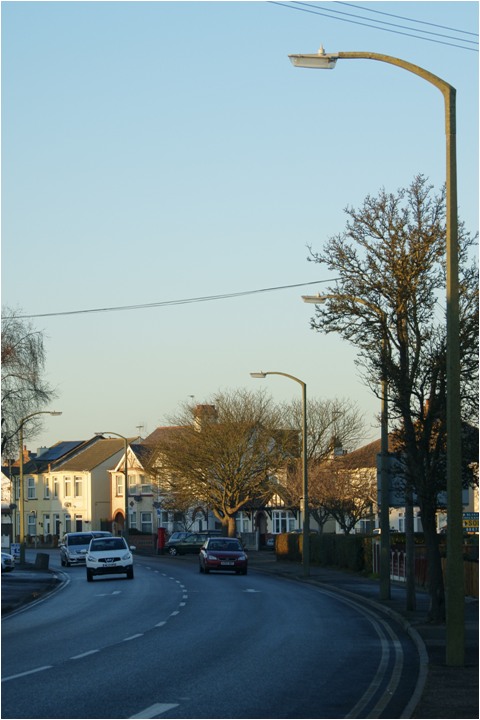
A few clusters of the original installation still survive, e.g. this group of five Eleco GR100s in Wellesley Road above.
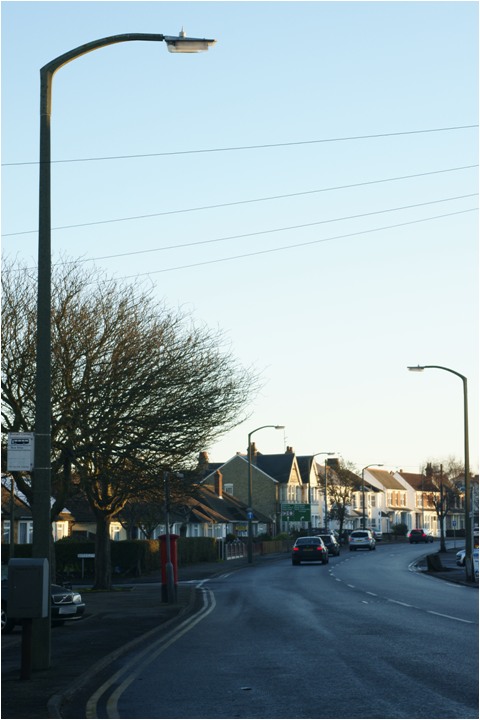
Another view of the same cluster. Sadly the first lantern of the group of five has a broken bowl, so it may be replaced soon.
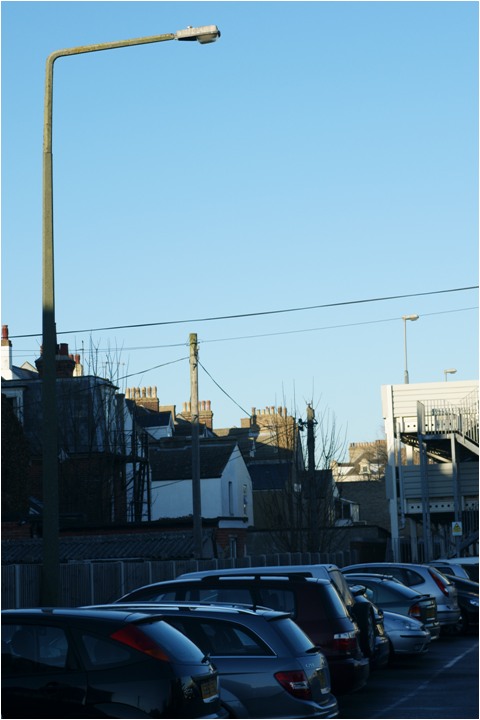
The High Street car park still has this unsleeved 35ft Concrete Utilities installation.
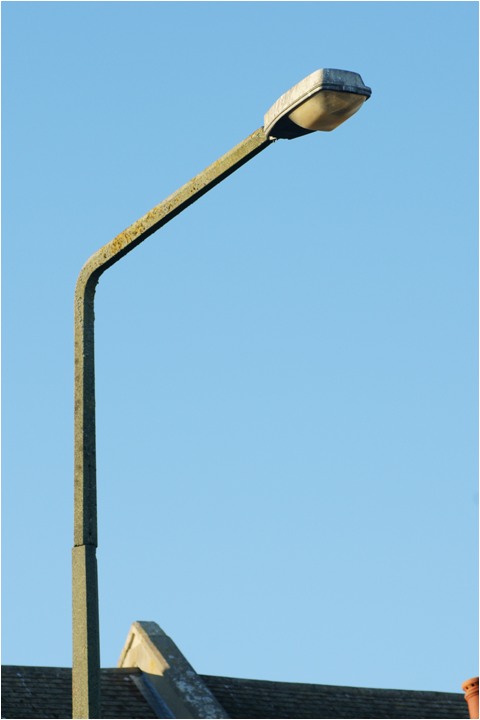
It comprises a "stretched" Avenue 3DNN column of circa. 8m in length with a concrete bracket which brings the total height of the installation to 35ft.
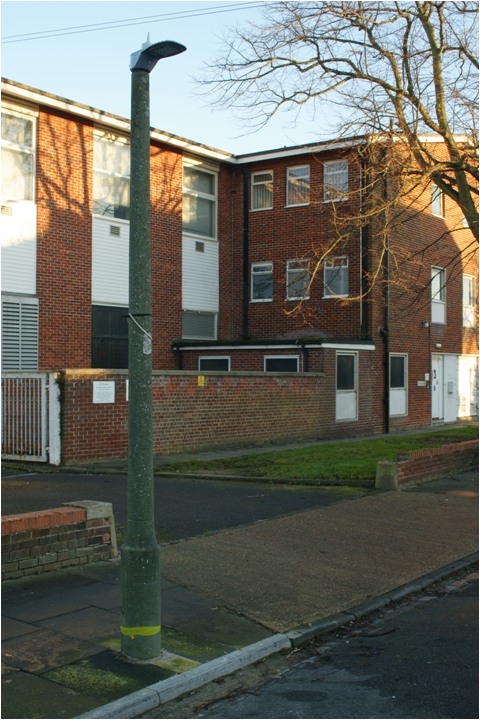
Clacton-on-Sea and the towns surrounding it (Jaywick, Great Clacton and Holland-on-Sea) still have well in excess of 100 Concrete Utilities "Utility Major" columns, many of which could be around 60 years old. Although a few disappear from time to time, there doesn't appear to be a co-ordinated effort to remove them (as there is to remove the "Byway X" columns in nearby Frinton-on-Sea). This Utility Major in Granville Road has been given a new lease of life with the addition of an INDO Air 1 or Air 1+ LED lantern.
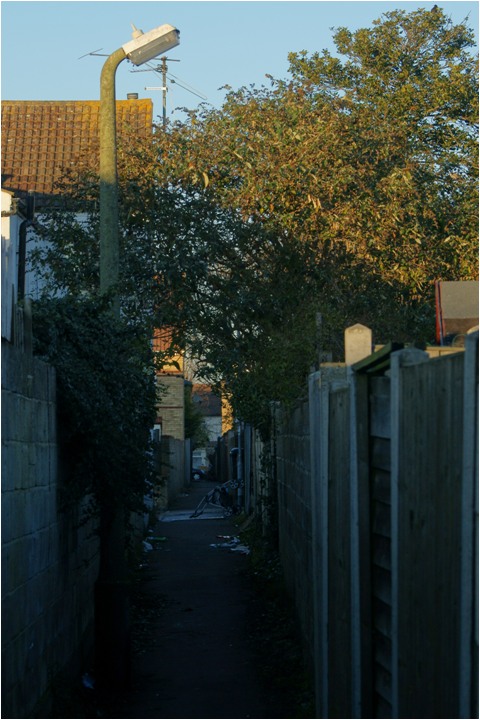
The most unusual CU Utility Major column in Clacton-on-Sea lights a footpath between Wellesley Road and Crossfield Road.
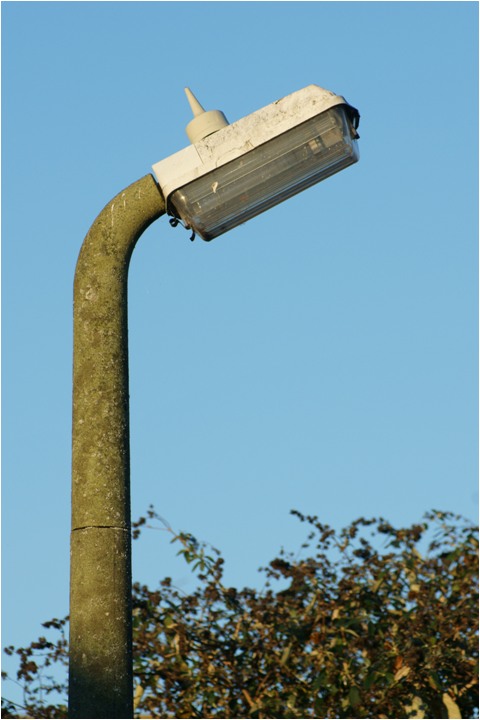
A close-up of the ultra-rare Utility Major concrete bracket.

Scores of the town's Utility Major columns still hold their original mercury-running GEC Z5641 lanterns installed in the 1950s and early 1960s.
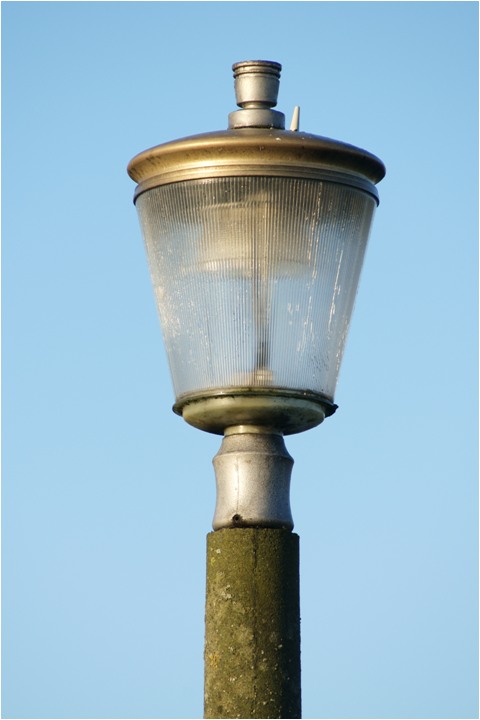
Considering some of these lanterns must be around 60 years old
(my rescued GEC Z5641 from Holland-on-Sea was dated 1959), they are in incredibly good condition for their age.
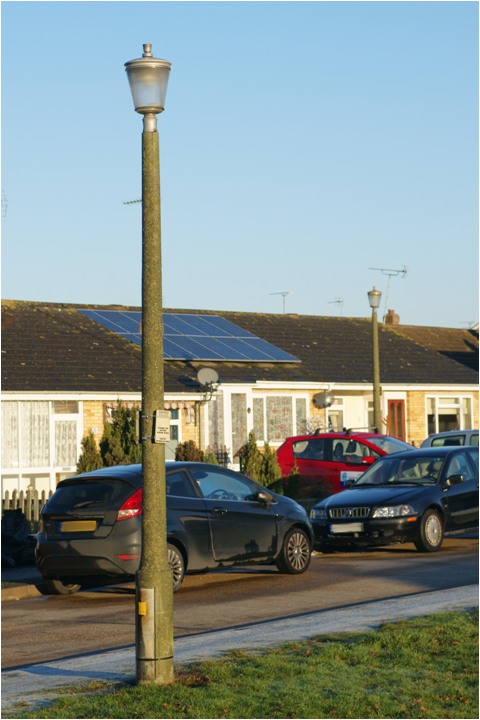
Some streets, e.g. Bembridge Close, still have an almost unspoilt original installation. This photograph and the two photographs above it were taken in Bembridge Close, Clacton-on-Sea.
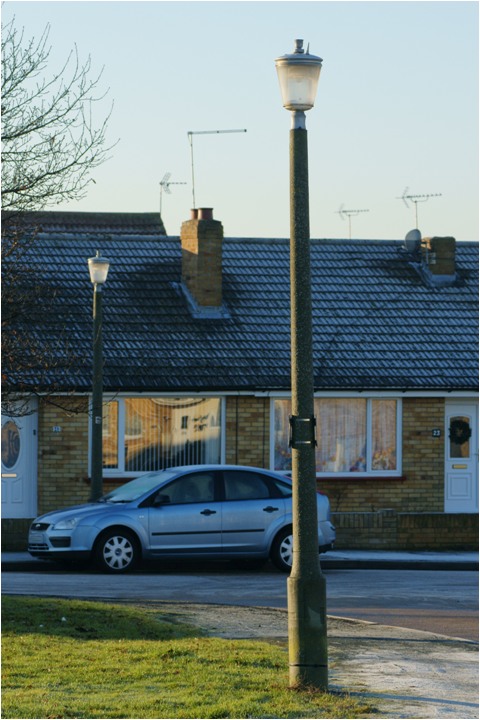
Another view of Bembridge Close, Clacton-on-Sea.
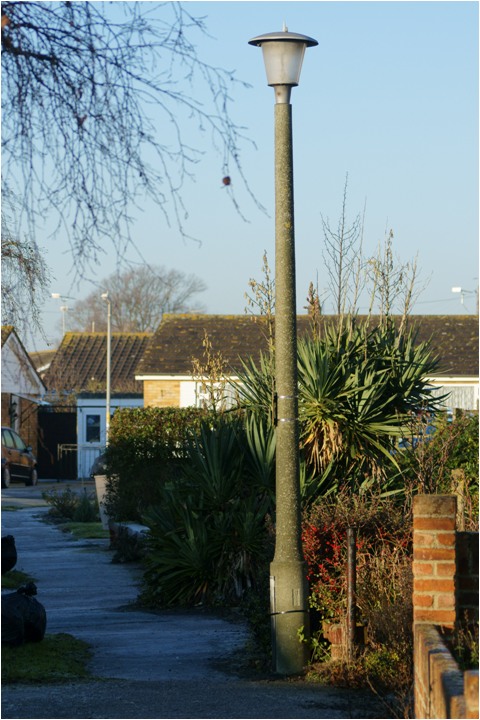
When GEC launched their Z5671 mercury lantern in the mid-1960s, these started to appear in the town, originally on the same Utility Major columns and latterly on the GEC ZP3000 reinforced coloured plastic columns. All these "plastopoles" were replaced in the second half of the 1980s after they began to shed fibres (my particular memory of them as a kid was they would make you itch!). Only three survive in Clacton-on-Sea in 2016, all of them in private hands.
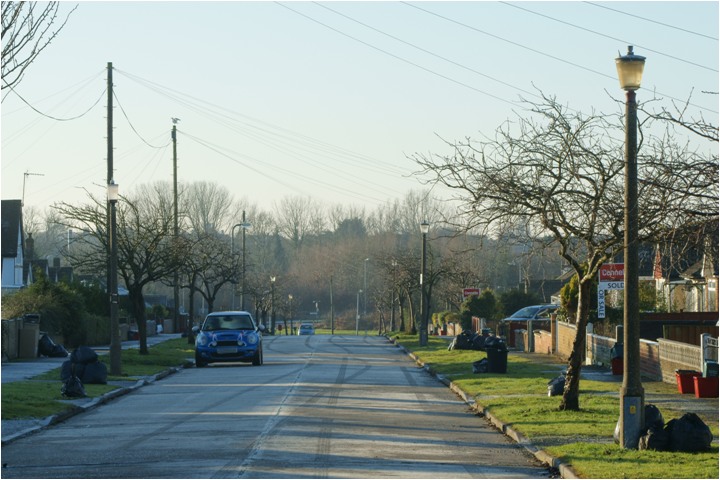
Jubilee Avenue, another road in Clacton-on-Sea, still has an almost unspoilt original installation of Utility Major columns with mercury-running GEC Z5641 lanterns. My avatar is a photograph of Jubilee Avenue taken in March 2005 when the street had nine GEC Z5641s in a row.
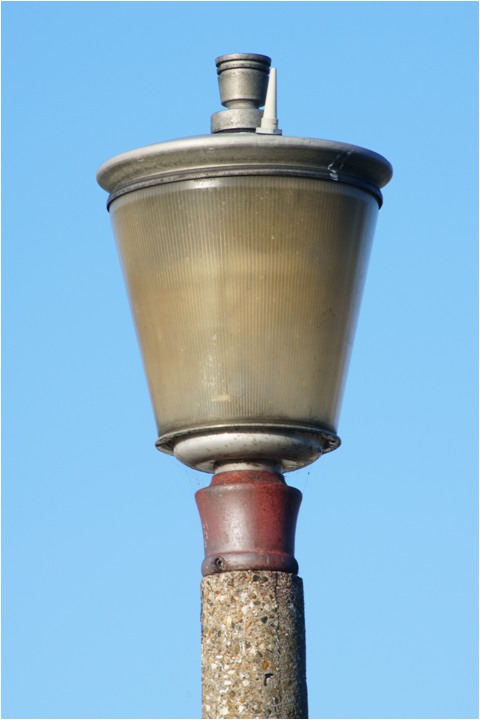
One of Jubilee Avenue's original GEC Z5641s. This one is a slightly different design to the other Z5641s in Jubilee Avenue and in Bembridge Close.
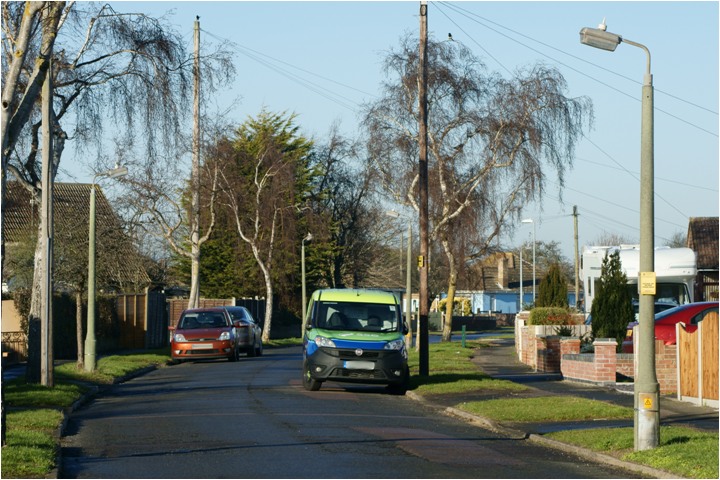
Here is one of the earliest attempts to extend the life of the Utility Major columns. The original mercury-running GEC Z5671s in Marlowe Road, Jaywick were swapped out in the early 1980s for bespoke brackets and metal-clipped Thorn Beta 5s.
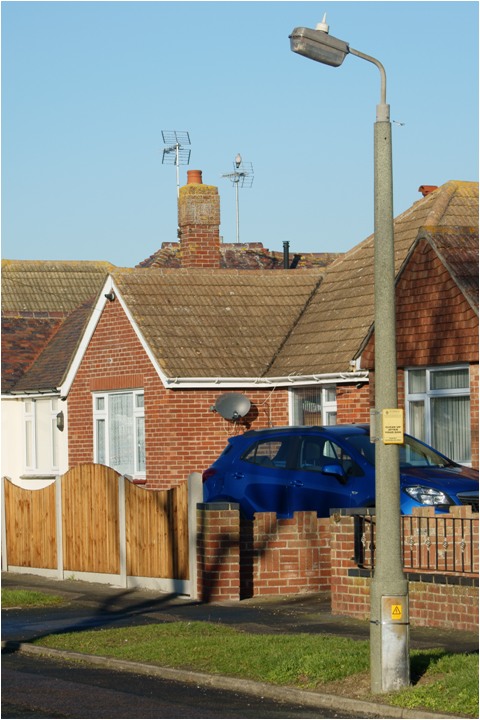
Over 30 years later, the installation is doing just fine!
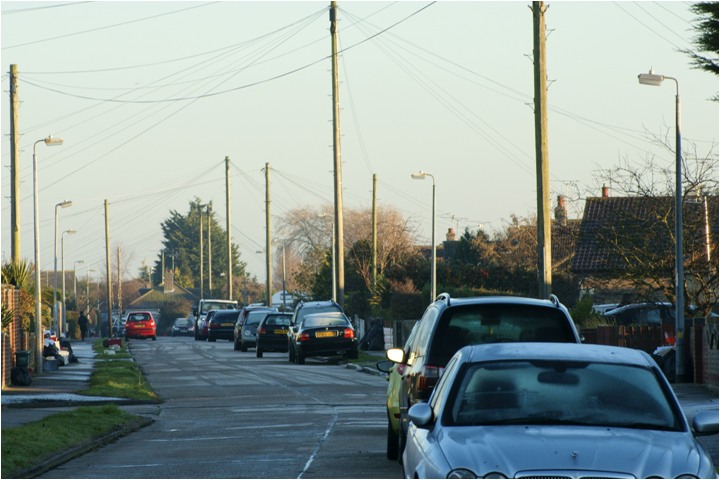
Elsewhere in Clacton-on-Sea and the surrounding towns, SOX still reigns supreme, with assorted manufacturers and lanterns from the 1970s to the 2000s installed side by side. The Avenue in Clacton-on-Sea is pictured above.
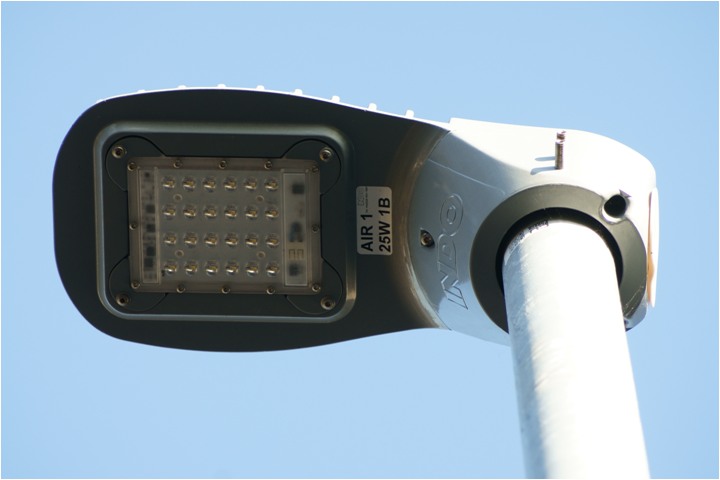
Of course we all know what's coming next! A close-up photograph of one of the INDO Air 1 or Air 1+ LED lantern that has appeared in place of some 35W SOX lanterns in the last six weeks reveals that the wattage of the new LED lanterns is 25W.
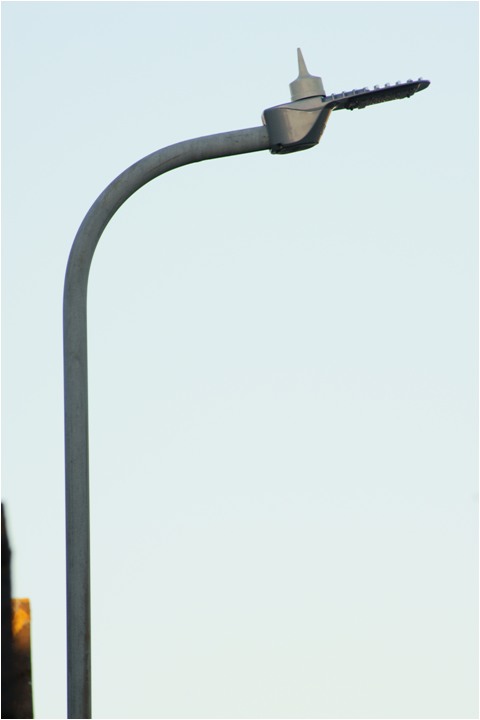
The INDO Air 1 or Air 1+ LED lantern has also started to appear in side-entry form on heavily-trafficked routes in the town. The example above has appeared along the B1369 Old Road in Clacton-on-Sea. It replaced a 55W SOX Eleco GR501.
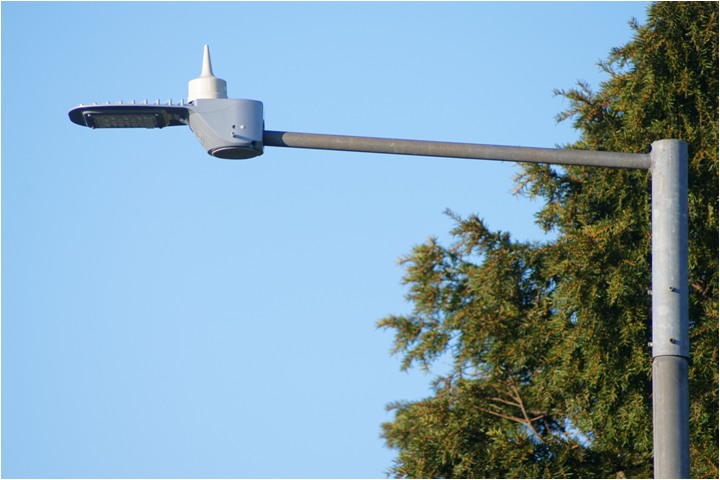
Two INDO Air 1 or Air 1+ side-entry LED lanterns have appeared on the B1027 St. John's Road in Great Clacton, which is another heavily-trafficked route. They replaced 55W SOX Philips MI36s / XGS 104s.
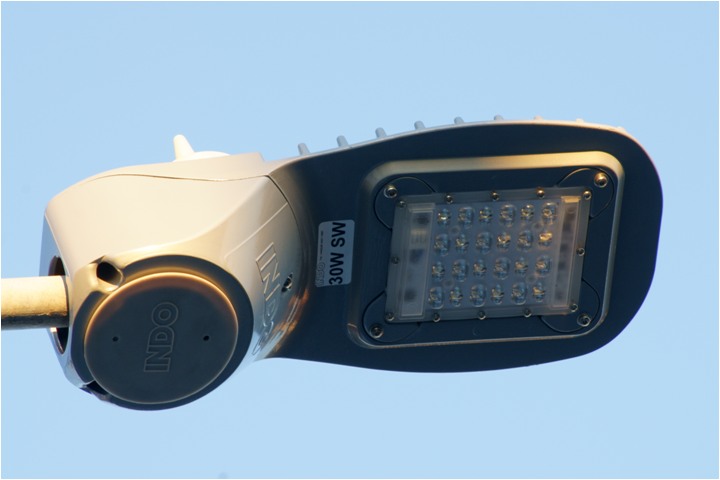
A close-up of the underside of one of the INDO Air 1 or Air 1+ side-entry LED lanterns that have appeared on the more heavily-trafficked routes shows that 30W lanterns have been chosen for the busier roads.
So in summary, Clacton-on-Sea and its surrounding towns still have plenty of history and nostalgia to offer the street lighting enthusiast as we begin 2017, but we can also see that LED street lighting has just made its debut in the town, literally in the last six weeks or so.
Take-up of LED may be slow to begin with, but if Essex is to follow the rest of the country, this could change. It is understandable that uptake of LED in Essex may be slow as it is the third-largest street lighting authority in the UK with 127,000 units.
The cost of converting such a large number of street lights to LED in one go would be astronomical.We already know that Clacton-on-Sea and the surrounding towns are due to have all the street lighting that stays on all night converted to LED before the end of 2018. Thankfully the vast majority of the street lighting in this post is subject to Essex County Council's part-night lighting policy and will be unaffected by the change. Therefore I would anticipate - almost expect - that the vast majority of the street lighting in this post will still be around in its current form in 2019






